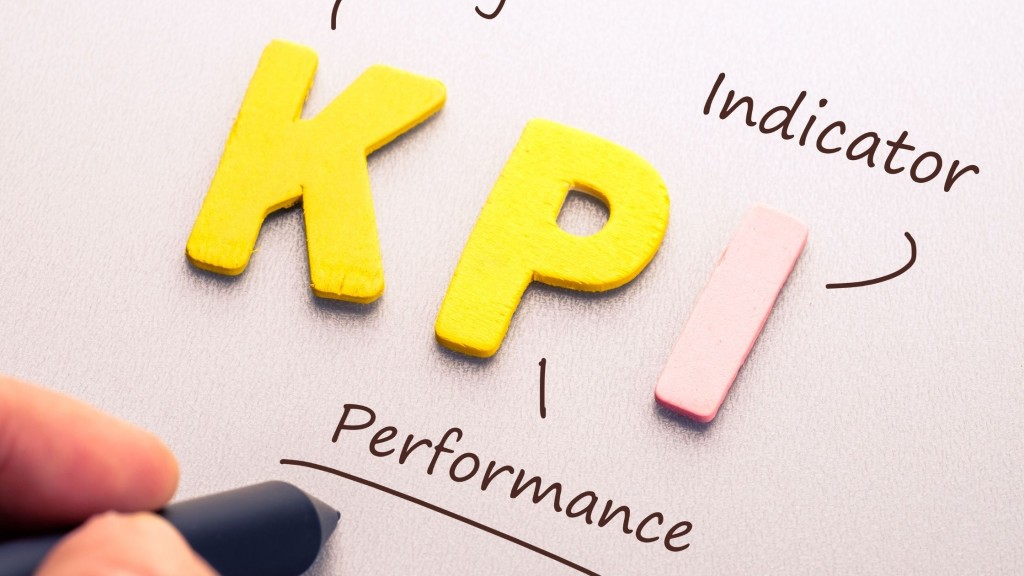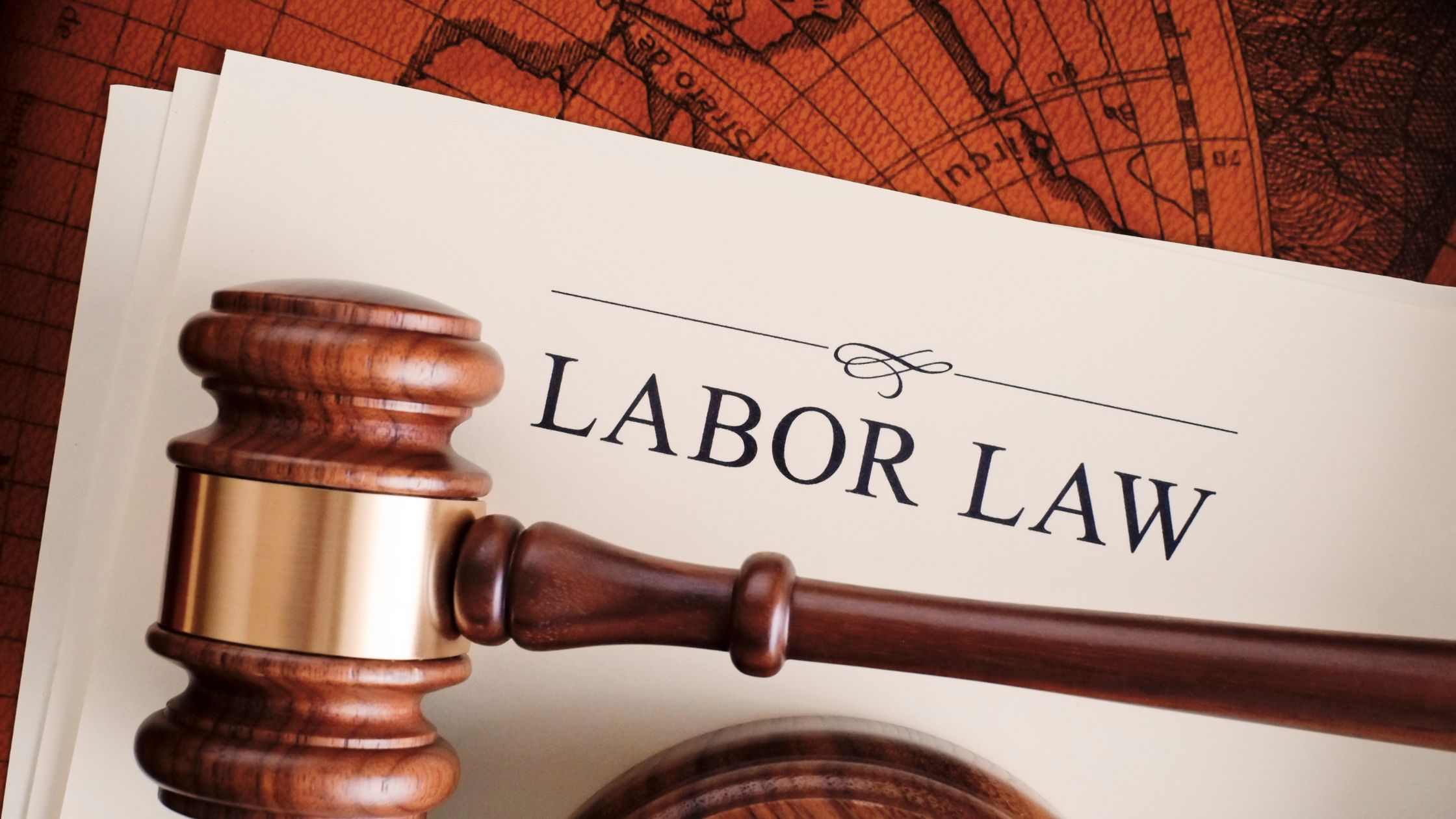6 Tips for Improving Performance Reviews
Employees have a lot to look forward to in a year: team buildings, parties, holidays, and bonuses among others. If there’s anything that they dread, it’s performance reviews.
For a lot of organizations, the positive impact that performance reviews are supposed to have is clouded by misconceptions that have been put into practice. Some examples of these commonly practiced misconceptions are that:
- Performance reviews should only be done once a year.
- They only focus on the negative aspects of employees’ performance.
- They are confrontational.
- Employees have no say.
The truth is, if done right, performance reviews are guaranteed to boost your workforce’s overall productivity and performance and cultivate passionate and dedicated employees.
What Is A Performance Review?
Performance review is a component of performance management which provides for the process whereby a manager conducts a formal evaluation of an employee’s work performance through rating, providing feedback, and goal setting.
Tips for Improving Performance Reviews
Performance reviews can make or break an employee’s performance so here are a few tips on how to turn them into stimulants for excellent performance.
-
Establish SMART KPIs.

More often than not, employees are at a loss as to how they are being evaluated and there are employees who do work as they come and are not really aware of any performance metric upon which their performance is based. Because of this, HR is usually confronted with a conflict between a manager who claims to have been fair in rating and an employee who believes that he/she performed well enough based on the tasks that he/she has accomplished.
This is why performance reviews must be based on specific, measurable, attainable, relevant, and time-bound (SMART) key performance indicators (KPIs) set for employees yearly, quarterly, or as often as there are performance reviews.
2. Conduct them frequently.

What managers and employees usually have in common is that they both hate performance reviews due to them being time-consuming and burdensome.
Yes, we get it. It really is hard when you try to squeeze in a whole year’s work performance in one review and discuss it in one sitting.
However, this doesn’t have to be the case. Foster a culture of ongoing feedback. Frequent performance conversations can help employees grow and consistently perform. That way it wouldn’t take too much of your time and your employees can get timely feedback and improve accordingly.
3. It must be transparent and collaborative.

A performance review should be a two-way communication. It must be engaging and encourage the active participation of an employee. This can be developed by designing a process that requires self-rating and employee sign-off.
4. Overcome performance review biases.

Bias is an error in judgment caused by one’s conscious or unconscious prejudices. These prejudices can affect how a manager evaluates his/her employee.
Here are some common performance review biases which tend to inflate or deflate employee ratings.
- Recency Bias is the tendency to focus on the most recent work or performance of the employee.
- How to Avoid: This can be eliminated by having frequent performance conversations for a timely review of an employee’s work.
- Central Tendency Bias is the tendency to play safe and trend moderate in reviews by rating most items in the middle of the scale.
- How to Avoid: You can eliminate the neutral option by adopting a 4-point scale instead of a 5-point rating scale.
- Primacy Bias puts the outdated “first impression lasts” adage to practice. This bias tends to highlight information learned early on over those encountered later.
- How to Avoid: Like recency bias, primacy bias can be overcome through frequent performance conversations and by gathering feedback from multiple sources.
- Halo/Horns Effect Bias occurs when one good/bad trait overshadows others.
- How to Avoid: Set up a performance appraisal process and tool that evaluates different aspects of performance like efficiency, quality of work, job knowledge, communication skills, and work ethics.
- Leniency Bias is a manager’s inclination to give favorable ratings to employees who clearly still have room for improvement.
- How to Avoid: The best way to avoid this is to set clear work expectations and standard criteria upon which an employee’s performance rating shall be graded against.
- Similar-to-me Bias is a manager’s tendency to give favorable ratings to employees who are similar to him/her in background, skills, and interests.
- How to Avoid: This can also be overcome by establishing SMART KPIs and a standard criteria for rating an employee.
- Idiosyncratic Rater Bias leads a manager to rate an employee high in skills that the rater is not particularly good at.
- How to Avoid: This can also be overcome by establishing SMART KPIs and a standard criteria for rating an employee.
5. Gather feedback from multiple sources.

Consider feedback from other sources such as peers and customers. This can ensure that you are making a fair and reasonable judgment on the employee’s work performance and attitude.
6. Train your managers

The performance review process can be less dreadful and surprisingly become a worthwhile experience for employees when conducted by managers who can give great performance reviews that are helpful rather than vindictive.
A ton of performance appraisal mistakes can be turned around when facilitated by a manager skilled in:
- Enabling high performace
- Asking questions
- Listening
- Giving feedback
- Coaching
Performance reviews do not have to be akin to a walk towards the gallows. They could benefit both the organization and its employees and foster a culture that takes and acts on feedback and promotes continuing growth.
At Payroll Solutions, we provide performance management solutions that are efficient and tailored for your organization. Talk to us today and we can help you build and improve your performance appraisal process and tool.








